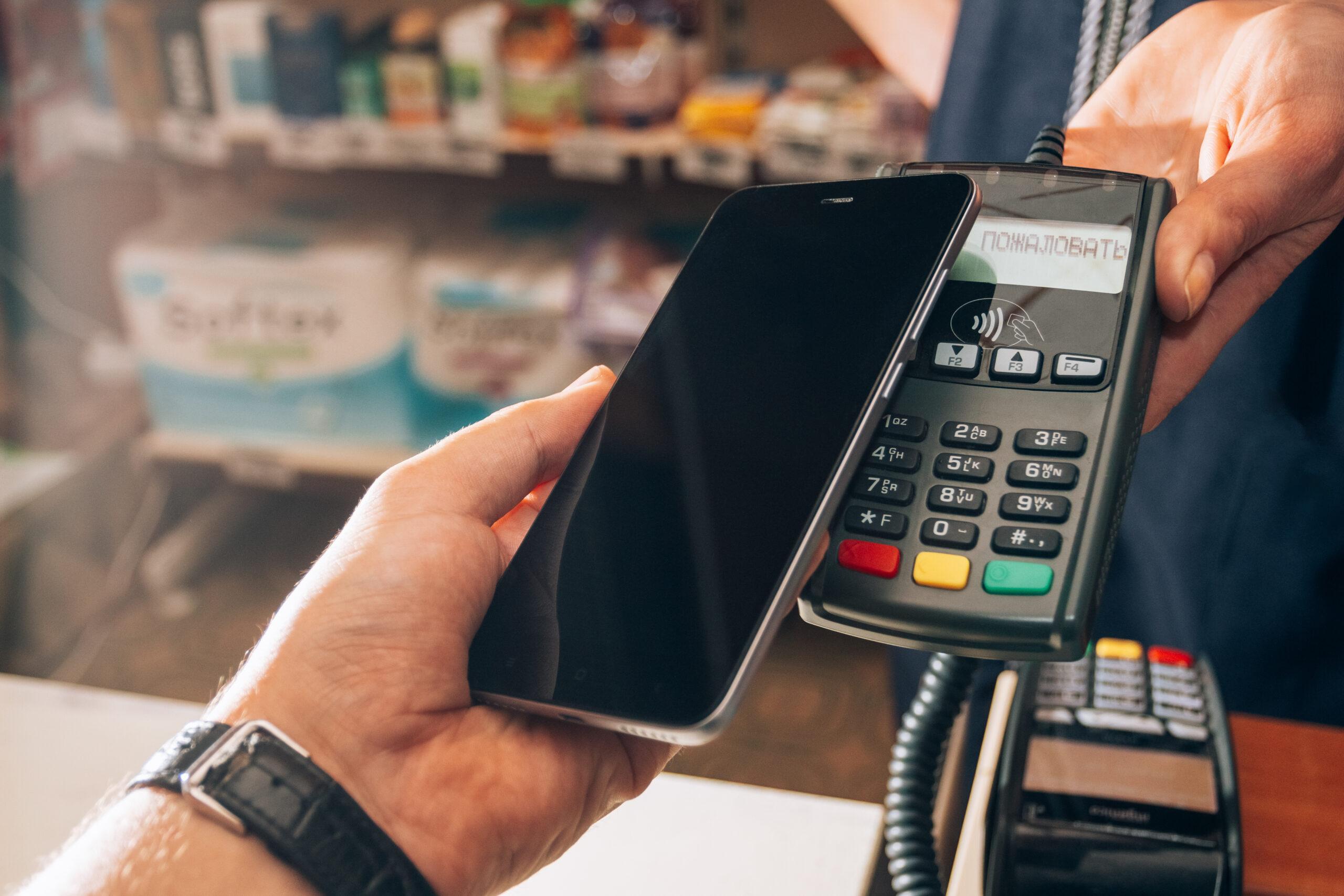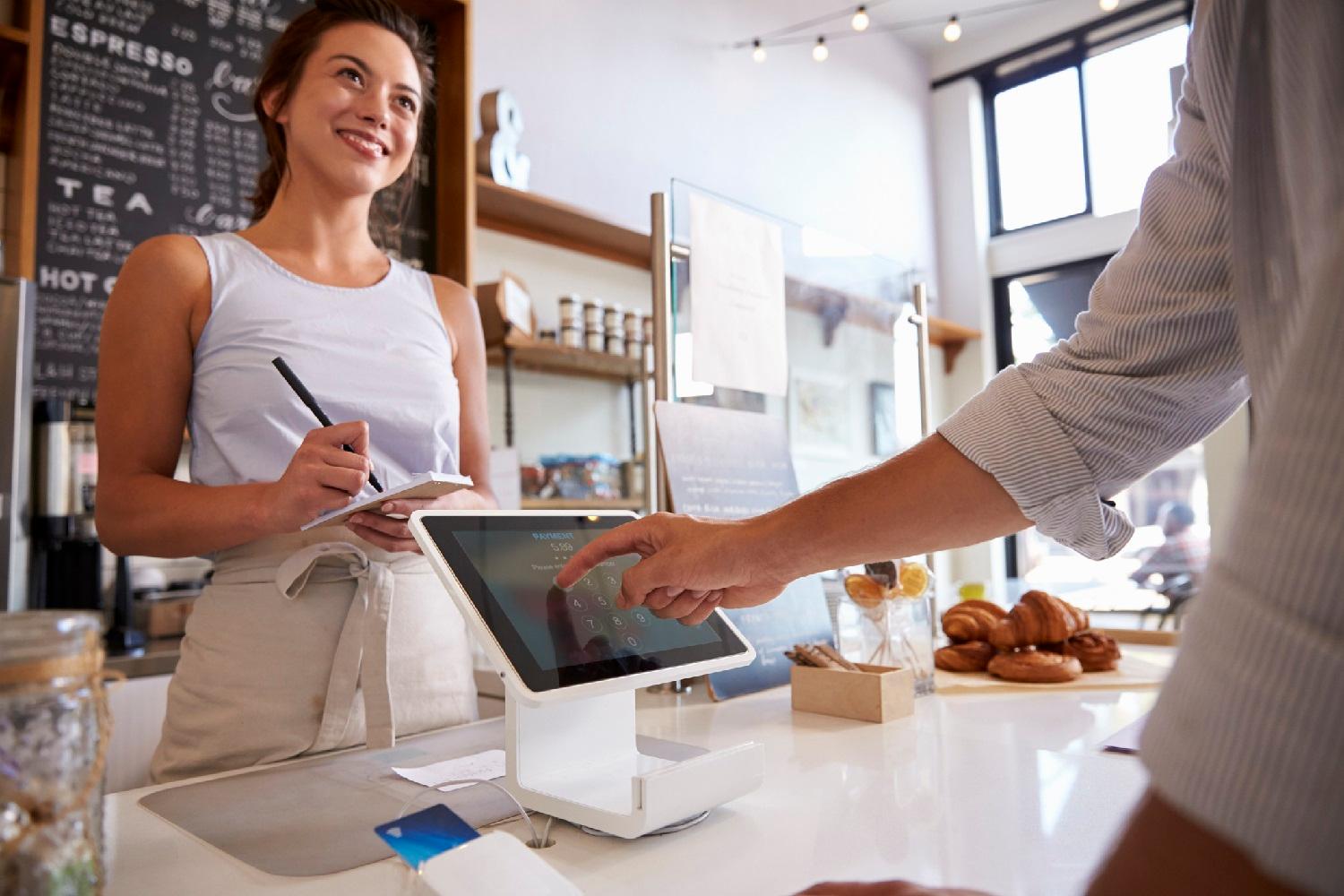MENU
Starting a Business
- Best Small Business Loans
- Best Business Internet Service
- Best Online Payroll Service
- Best Business Phone Systems
Our Top Picks
- OnPay Payroll Review
- ADP Payroll Review
- Ooma Office Review
- RingCentral Review
Our In-Depth Reviews
Finance
- Best Accounting Software
- Best Merchant Services Providers
- Best Credit Card Processors
- Best Mobile Credit Card Processors
Our Top Picks
- Clover Review
- Merchant One Review
- QuickBooks Online Review
- Xero Accounting Review
Our In-Depth Reviews
- Accounting
- Finances
- Financial Solutions
- Funding
Explore More
Human Resources
- Best Human Resources Outsourcing Services
- Best Time and Attendance Software
- Best PEO Services
- Best Business Employee Retirement Plans
Our Top Picks
- Bambee Review
- Rippling HR Software Review
- TriNet Review
- Gusto Payroll Review
Our In-Depth Reviews
- Employees
- HR Solutions
- Hiring
- Managing
Explore More
Marketing and Sales
- Best Text Message Marketing Services
- Best CRM Software
- Best Email Marketing Services
- Best Website Builders
Our Top Picks
- Textedly Review
- Salesforce Review
- EZ Texting Review
- Textline Review
Our In-Depth Reviews
Technology
- Best GPS Fleet Management Software
- Best POS Systems
- Best Employee Monitoring Software
- Best Document Management Software
Our Top Picks
- Verizon Connect Fleet GPS Review
- Zoom Review
- Samsara Review
- Zoho CRM Review
Our In-Depth Reviews
Business Basics
- 4 Simple Steps to Valuing Your Small Business
- How to Write a Business Growth Plan
- 12 Business Skills You Need to Master
- How to Start a One-Person Business
Our Top Picks
Table of Contents
Apple Pay is a fast, easy, secure digital payment method growing more popular with consumers and businesses. If you’re a small business interested in accepting Apple Pay, we’ll break down everything you need to know about its benefits and costs, how it works for your business, and how to start accepting Apple Pay.
Editor’s note: Looking for the right credit card processor for your business? Fill out the below questionnaire to have our vendor partners contact you about your needs.
How can my business accept Apple Pay?
Accepting Apple Pay is a straightforward process for businesses. Here’s how it works.
If you already accept credit cards:
If you already accept credit cards, here’s what to do to accept Apple Pay:
- Determine if you have the right hardware. If you have a credit card machine and card reader, check for the NFC mobile payments image; it looks like three bowed lines indicating a wireless signal. If your card reader has that image, you already have the proper hardware for accepting Apple Pay.
- Buy the proper hardware if necessary. If you don’t have a card reader or if your card reader accepts only magnetic stripe cards and chip cards, you must replace it with one that supports NFC (near-field communication) payments. Card readers that support NFC will have the word “tap” in their description and cost between $49 and $79. Contact your credit card processor and buy an NFC-enabled reader.
- Find out if your credit card processor supports Apple Pay. Contact your credit card processor or facilitator – or check its website – to see if the company supports Apple Pay. If it does – and you have the correct NFC-enabled hardware – your business can accept Apple Pay.
- Enable Apple Pay on your account for online acceptance. If you want to accept Apple Pay online and it’s not already available on your account, ask your credit card facilitator or processor to enable Apple Pay. After it’s enabled, ask your web developer to set up Apple Pay as an online payment app; they’ll add a Pay With Apple Pay button to your checkout page. Online customers who want to pay with Apple Pay will click that button instead of other checkout options to complete their purchase.
- Train your staff on accepting Apple Pay. Your staff must instruct customers to hold their phones near the NFC reader to pay. Your team must also know how to select Apple Pay as the payment type in your POS system.
- Post signage about accepting Apple Pay. Signs letting customers know your business accepts Apple Pay can help boost sales, especially among younger customers.
If you don’t accept credit cards yet:
If your business doesn’t already accept credit cards or your current processor doesn’t support Apple Pay, follow these steps:
- Find a credit card processor that supports Apple Pay. Most top card processors enable Apple Pay for their clients. Check out our review of Helcim, our Square review, our Chase Payment Solutions review, and our review of Stax to learn more about credit card processors that support Apple Pay.
- Sign up for an account with your credit card processor. After selecting a credit card processor with the pricing and features you need, set up your account. Ensure Apple Pay is enabled.
- Order NFC-enabled credit card readers. Obtain your NFC-enabled credit card readers and set up and test your system.
- Train your staff on accepting Apple Pay. Your staff must instruct customers to hold their phones near the NFC reader to pay. Your team must also know how to select Apple Pay as the payment type in your POS system.
- Post signage about accepting Apple Pay. Signs letting customers know your business accepts Apple Pay can help boost sales, especially among younger customers.
If you need to accept credit card payments using your phone, you must ensure your credit card processor provides mobile card readers and supports mobile payments. Many mobile card readers are also NFC-enabled, so you can also accept Apple Pay.
What is Apple Pay?
Apple Pay is a digital wallet available to Apple device users on their iPhones, iPads and Apple Watches. Users can connect their Apple Pay wallets to bank accounts, credit cards, debit cards and even gift cards.
When users want to buy something from a merchant that accepts Apple Pay, they open the Apple Pay app on their device and hold it next to the NFC area on the merchant’s card reader. Payment is complete when four green lights appear and a chime sounds.
A business can also set up its website to accept Apple Pay as a payment form. Buyers click the Pay With Apple Pay button on the checkout page and confirm the purchase on their Apple device.
Once payment is made, Apple Pay funnels the funds from the buyer’s linked payment source to the merchant’s account.
While Apple Pay, Google Pay and Samsung Pay are well-known mobile wallets, other digital payment options include Cash App, Venmo, Zelle and Meta Pay (formerly Facebook Pay).
How does Apple Pay work for businesses?
To implement Apple Pay, your business must already accept credit cards. You’ll need a credit card processor or facilitator to accept and process customer payments for online and in-person purchases made with Apple Pay. That processor or facilitator must also accept Apple Pay and enable Apple Pay on your account. For in-person payments, you’ll need a card reader that accepts NFC payments.
When a customer purchases using Apple Pay, the credit card processor or facilitator processes the transaction and deposits the money into your account, minus any fees.
If you’re looking for a payment facilitator, it’s easy to start accepting credit cards with PayPal, Square or Stripe.
Why should my business accept Apple Pay?
Apple Pay has many upsides for buyers and merchants. Here’s a look at some of the top reasons a business should consider accepting Apple Pay.
1. Apple Pay is widely used.
Since it uses NFC technology, Apple Pay is a contactless payment method, which many consumers prefer. In fact, in the United States, proximity mobile payment users are expected to grow from 92.3 million in 2020 to 125 million by 2025.
According to Statista, Apple Pay consumer adoption is growing strong. Over half of U.S. survey respondents said they’d recently used Apple Pay in a store, while over 30 percent used it online. And Apple reports that over 85 percent of U.S. retailers accept Apple Pay – so not accepting it puts your business at a competitive disadvantage.
2. Apple Pay is fast.
Because each payment goes through with just a tap, mobile contactless payments are the fastest way to pay, dramatically improving the customer waiting experience. If you have a business where customers line up to pay, shortening the purchase process can mean a faster line. Customer satisfaction improves with shorter waits, and fewer customers will abandon the line without making a purchase.
3. Apple Pay is secure.
Apple Pay transactions are very secure because the card data is tokenized, encrypted and always changing, making it extremely difficult for criminals to steal customer card data. When data is tokenized, the underlying data – in this case, the customer’s credit card or bank account info – is replaced by a series of randomly generated numbers.
Every time someone makes a purchase with Apple Pay, the system generates a new token. This token is then interpreted and changed back into useful information after it gets to the payment processor.
In addition to its security features, Apple Pay requires users to verify themselves with FaceID, a fingerprint, or a mobile device passcode. These measures aim to prevent unauthorized purchases made from lost or stolen Apple devices.
Apple Pay’s security safeguards result in less fraud, fewer chargebacks and more consumer confidence in your business and Apple Pay.
Online payment security tips include requiring two-factor authentication, verifying transactions and buying cyber-liability insurance.
How much does it cost to accept Apple Pay?
There is no cost to the buyer to use Apple Pay to make purchases. However, your credit card processor or facilitator will charge your business a fee for each Apple Pay transaction, just as it would for every credit card transaction. The transaction fee is a percentage of the purchase total plus a flat per-transaction amount.
Credit card processors don’t charge any additional fees for Apple Pay transactions, so there are no additional costs related to accepting Apple Pay beyond their standard credit card processing fees.
Credit card processors and facilitators that accept Apple Pay
Many of the best credit card processors and facilitators accept Apple Pay. Here’s a breakdown of top processors and their associated fees.
Company | Apple Pay in-person transaction fee | Cost of NFC-enabled card reader |
|---|---|---|
Facilitators | ||
PayPal | 2.7% | $59.99 |
Square | 2.6% + $0.10 | $49 |
Stripe | 2.7% + $0.05 | $59 |
Processors (may also charge monthly fees) | ||
Merchant One | 0.29% to 1.55% | Free for new customers |
Clover | 2.6% + $0.10 | $9.95 per month |
ProMerchant | Interchange + 0.5% + $0.15 | Free for new customers |
Read our review of Clover, our Merchant One review and our ProMerchant review to learn more about these credit card processors and their associated fees.
How do I let customers know we accept Apple Pay?
To reap the benefits of accepting Apple Pay, you must let customers know it’s a payment option.
Here are some popular and easy ways to show you accept Apple Pay:
1. Advertise your Apple Pay acceptance online.
If you have a website enabled for Apple Pay, your developer will place a Pay With Apple Pay button on your checkout page. You can also download the Apple Pay digital mark and put it on your website and printed materials.
2. Claim your business place with Apple.
Business owners can go to Apple’s Places on Maps website and “claim” their business place. Once you do this, your business location will appear on Apple Maps; you can add an Apple Pay icon to your Apple Maps listing and everywhere your business appears across all Apple devices.
3. Use Apple Pay signage and decals.
On its Apple Pay Merchant Supplies page, Apple offers resources to help retailers advertise their Apple Pay acceptance status, including decals and signage.
Order the Apple Pay glass and register decals kit to display the Apple Pay logo at your business on the front window and at each cash register. The kit is free and includes:
- One glass decal
- Two register decals
- Six terminal decals
You can also order an Apple Pay Signage Kit that reads “Shop safer with Apple Pay.” This kit is also free and includes:
- Three posters (7 x 11 inches)
- Five countertop postcards (4 x 6 inches)
- Two window cling sheets (3 x 3 inches and 4 x 4 inches)
- One employee reference card
- One decal sheet
4. Use your mobile app to mention Apple Pay.
If you have a mobile app for your business, add an in-app message sharing that you’re now accepting Apple Pay and give customers a button to set up Apple Pay on their devices.
Another mobile app tip: Update your App Store product page description, screenshots and previews to include Apple Pay.
Here are some other ways to let customers know you accept Apple Pay:
- Email customers to let them know you now accept Apple Pay.
- Announce that you accept Apple Pay via your social media accounts.
- Put a banner ad on your website announcing that you now accept Apple Pay.
- Ensure your brick-and-mortar employees know you accept Apple Pay so they can tell customers.










